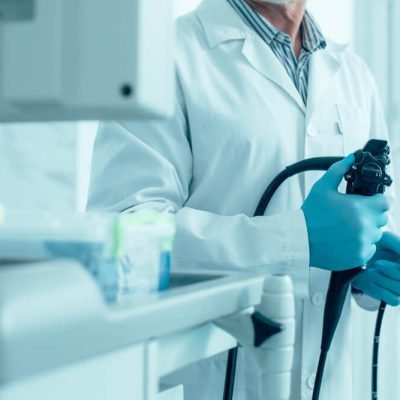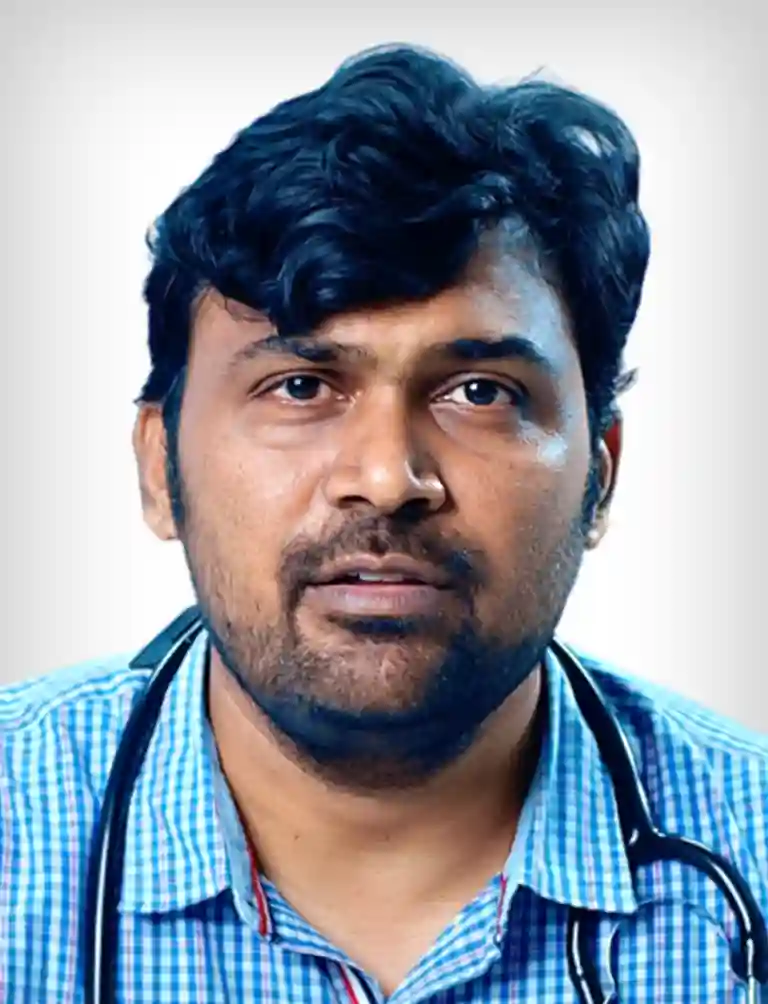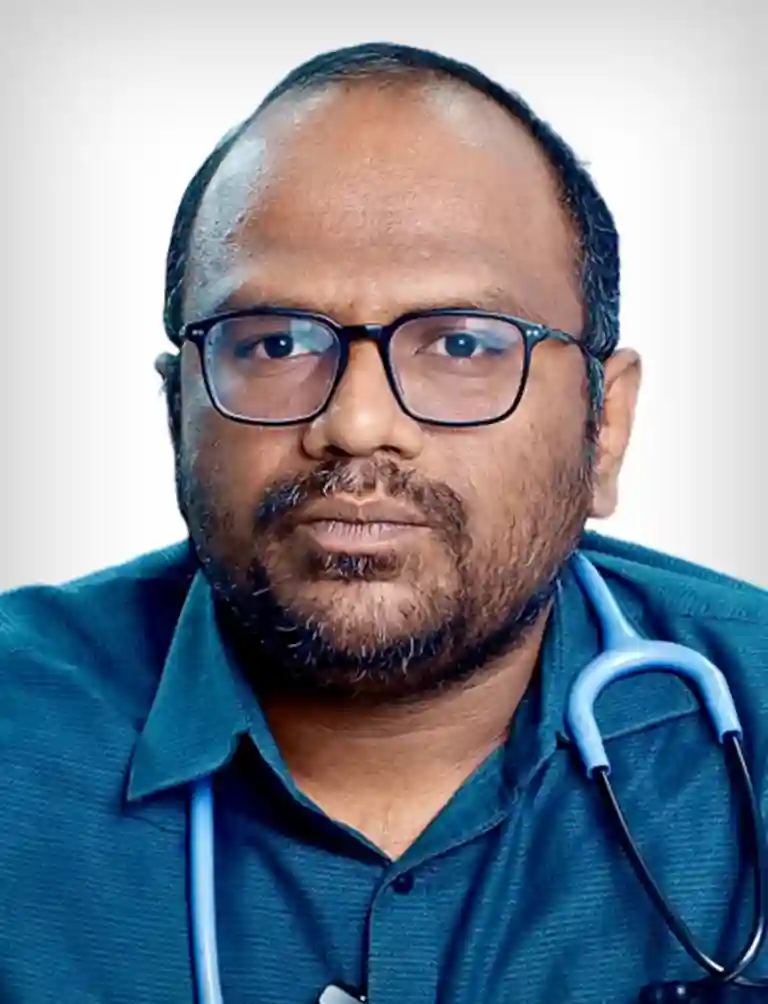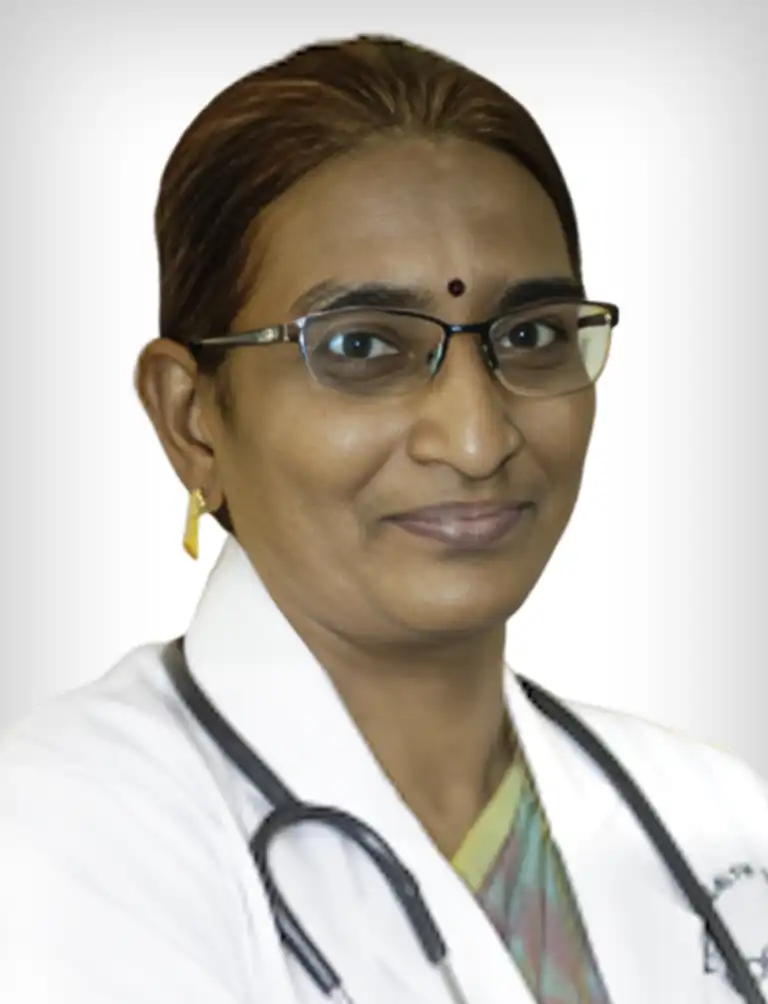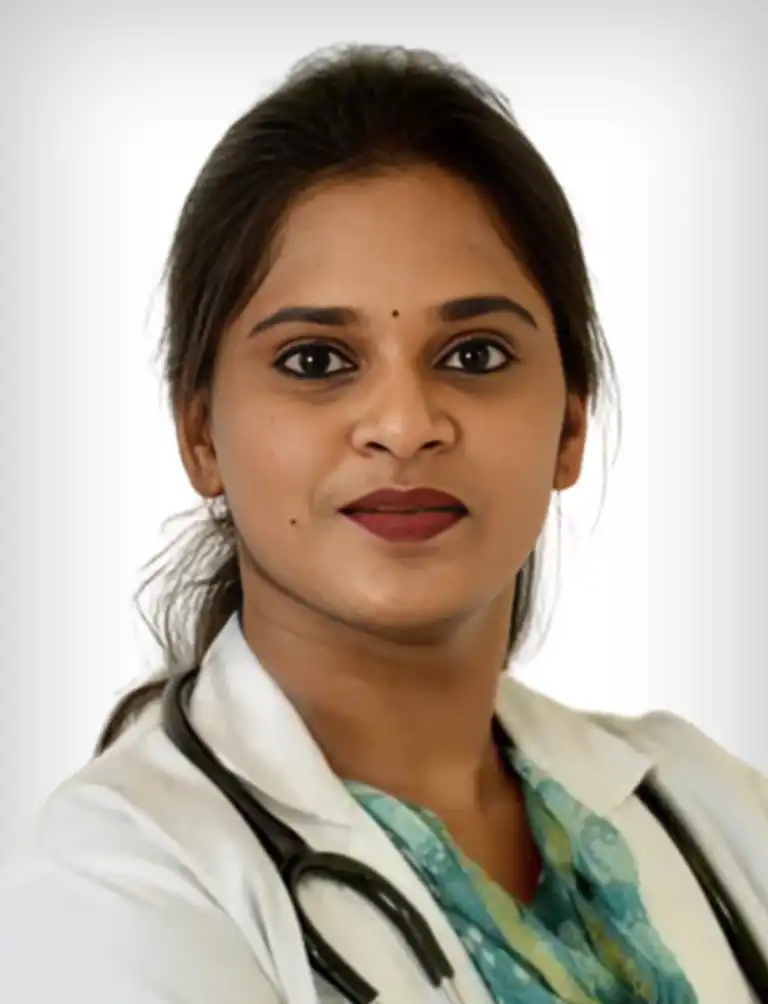Our Speciality Doctors
Orthopaedics
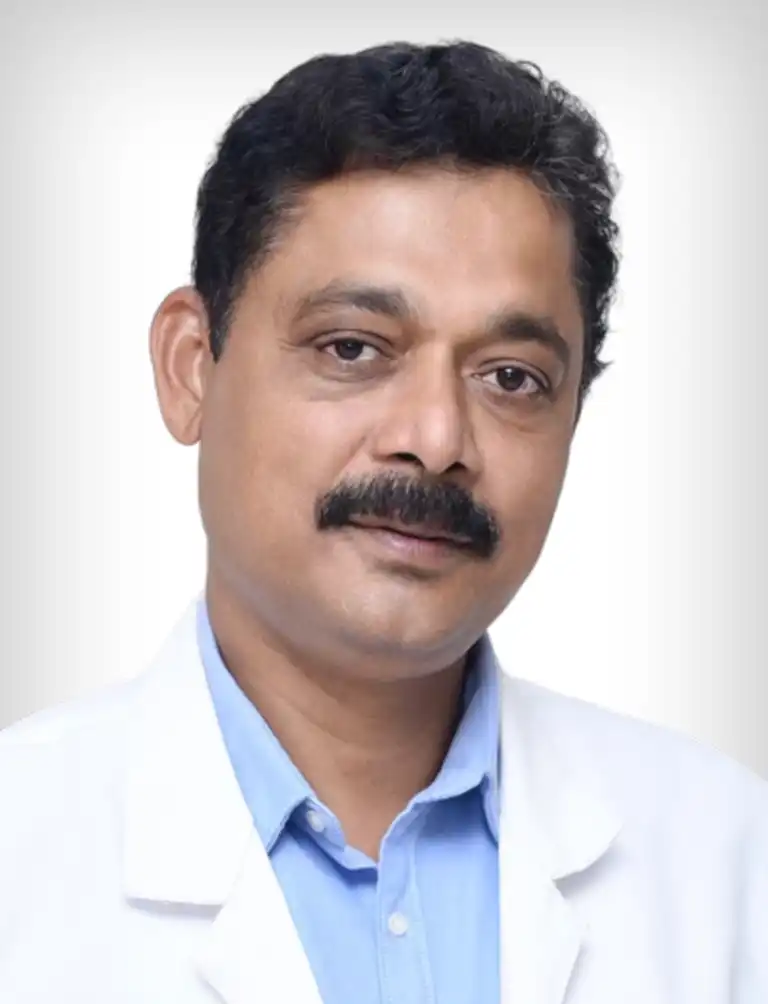
Dr. Saleem M
Chief Orthopaedic Surgeon

Dr. Prabaharan
Peadiatric Orthopaedic Surgeon

Dr. Dhillipan
Consultant Spine Surgeon
Our Speciality Doctors
Orthopaedics
Dr. M. Saleem
Chief Orthopaedic Surgeon

Dr. K. Koushik
Chief Cardiothoracic Surgeon

Dr. D. Krupa Shankar
Senior Consultant Neurosurgeon

Dr. Aravind
Cardiologist

Dr. Senthil Kumar
General Physician

Dr. Chithradevi
General Physician

Dr. Indira
Gynaecologist

Dr. Sheeba
Paediatrician
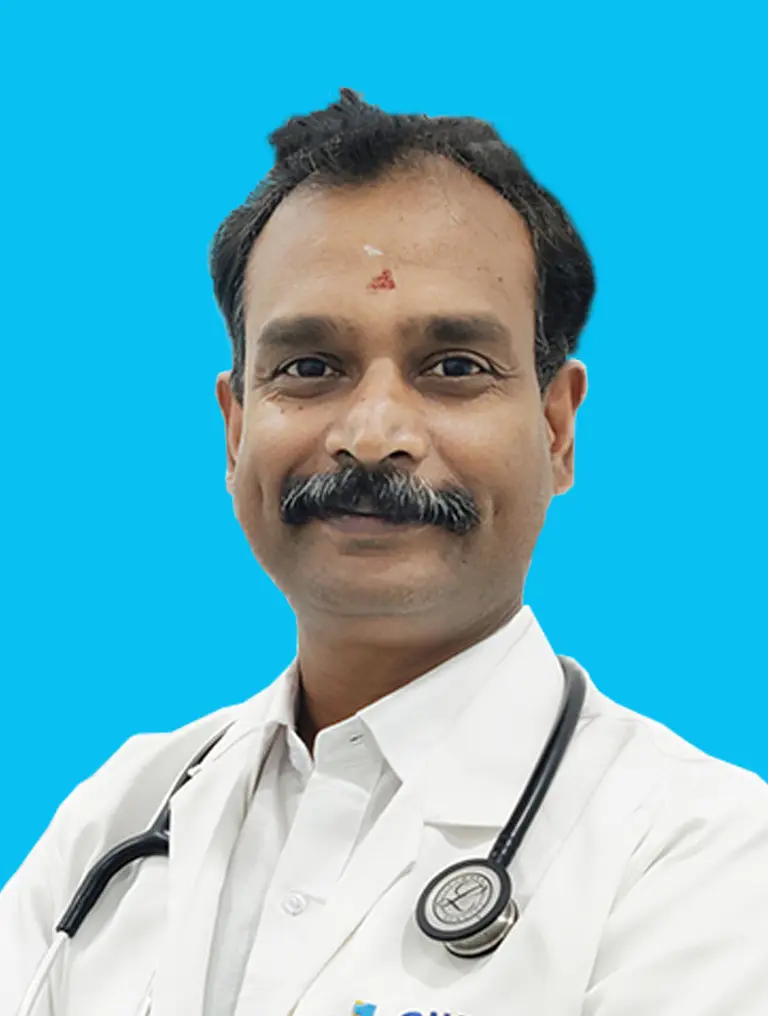
Dr. Arulmozhi
Diabetologist

Dr. Prabaharan
Orthopaedician

Dr. Loganathan
Laparoscopic Surgeon

Dr. Sindhu
Pulmonologist
Dr. A. G. Niza
Emergency Physician
Dr. A. Prakash
Critical Care





